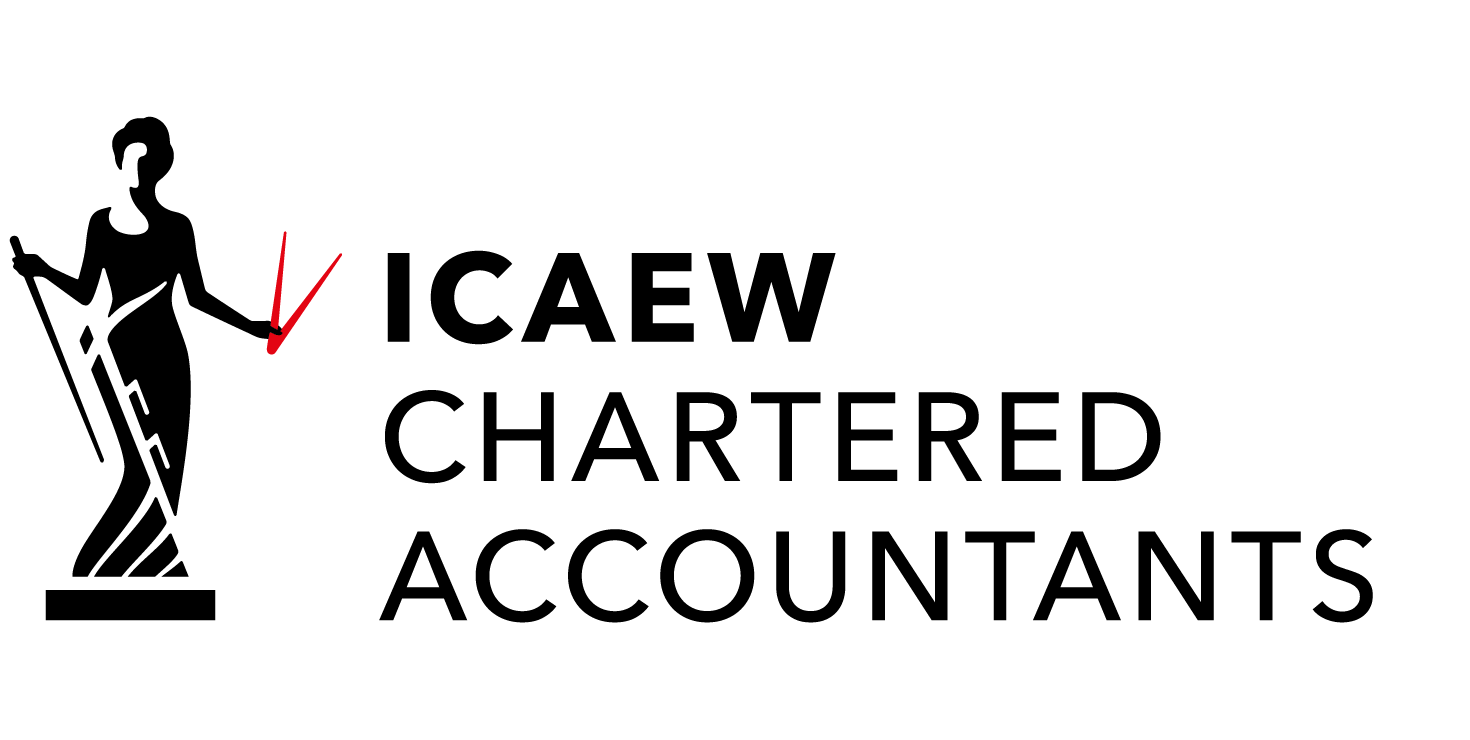We are pleased to share the following article by Stuart Gilmore, one of our partners, highlighting Investment Dos and Don’ts. If you are looking for investment this is well worth a read.
Raising capital can be intimidating, stressful, time consuming and very frustrating. It does help to remain optimistic through the entire process and by following certain “rules”, despite what will sometimes be thrown at you, your optimism may be dented but it should remain intact!
Remember – investors do want to invest – they just need to be convinced by you!
Before looking what to do and equally as important what not to do it is crucial to identify who you want to have as an investor. There are a wide range of individuals, structures, and funds in this space.
Remember, funding could be detrimental to your business, particularly if there is a significant disconnection between you and your investor. This disconnect can occur within three categories:
- A Misaligned Structure – The way in which the funding is structured ought to create common incentives and shared risks. If the founder does not feel incentivised the investment is at risk. Both parties need to feel aligned and working for a common purpose – the scaling up and profitability of the business.
- Misaligned Skills – In most cases your investors will know less about your business than you, the entrepreneur. They may have limited day-to-day experience in managing a business and they are very likely to know the people, customers and markets less well than you. This major skill gap between investor and entrepreneur, if not correctly managed, may lead to friction, disharmony and conflict.
Often, too much emphasis can be placed on financial analysis with less emphasis placed on the operational function. Whilst financial information is crucial it does not deliver sufficient forward-looking information to assist in understanding and managing the business within its market place.
Very often, because of the investment structure, it is very difficult to resist/avoid investor demands.
- Misaligned Time – This is an interesting point – investors and venture capital funds have a life cycle and very often this cycle does not match with that of a start-up business. Investors are likely to want their investment returned after a six to seven year period, looking for investments that can generate revenues after two to four years, breaking even shortly after that. Businesses with long innovation phases can struggle under such a life cycle.
There are no easy answers to these issues but it is important to consider them prior to taking investment. You want to ensure you will be able to establish and build a relationship with your investor.
Recognising these issues, what should you do, and what should you try to avoid?
DO
- You – why would an investor invest in you, because after-all that is what they are being asked to do. What is your experience. How long have you had the idea?
- Your product/idea/service – what is it? What “pain” is it solving? Is it revolutionary? Does it do what you say it will do? Do you have a working example? Is it robust?
- Find out about raising investment – there is a lot of information out there and a lot of opinion. Furnish yourself with some background and at least discover what types of investment and organisations you should consider approaching.
- Be proactive in researching potential investors who may invest in your product/service eg there is little point in approaching an investor with a medi-tech opportunity if they stipulate that is an area in which they have no interest.
- Like the rest of us investors respond poorly to spam and are far more likely to respond favourably to an introduction from a contact – try where possible to get a warm introduction.
- Have a clear idea of how much money you need and how it will be deployed
- Invest in yourself – this will project confidence and let the investor see you truly believe in what you are doing. Confidence is crucial.
- Have a team around you or at the very least key individuals identified. Investors will want to see that there is more than just you. It is a huge risk to be faced with investing in one person to deliver a return on that investment. Your team should have balance and a range of expertise as that is what you will need to deliver on the investment you are hoping to secure.
- You should have a tight one page Executive Summary. A slide deck with 13 – 15 slides (no more!!). You should have an elevator pitch which you are 100% familiar with!
- Prepare an Executive Summary, a realistic Business Plan which should include financial figures for a minimum of three years and do not forget about a robust sales and marketing plan. You should consider the exit for the investor and ensure that this is aligned to your plan.
DON’T
- Do not deploy the proposed investment as salary! Investors recognise that you will need to be motivated and able to live whilst you are delivering the growth of your business which coincides with the return on their investment.
- Do not get bogged down in your value of the initial investment.
- Remember, there will be some terms that you will almost certainly find disagreeable. Accept that but at the same time do not agree to overly restrictive terms – always take a longer-term view.
- It may be that you will be asked to restructure your company and/or dilute your shareholding. Try not to take any request personally and take time to consider and evaluate the proposals as dispassionately as you can. Always bear in mind the long-term success of your business.
- Remember, investors will inevitably offer you “constructive” criticism. Try not to take their comments the wrong way! Investors cannot help themselves but poke holes in your assumptions, forecasts and strategies – it is human nature. Rather, accept the grilling as a gift and perhaps even a sign of interest. If they are uninterested in your business they are unlikely to be asking any searching questions at all! You are gaining an insight into investors thinking and even if they eventually say no you will have picked up valuable information.
Remember – keep on keeping on!!!










